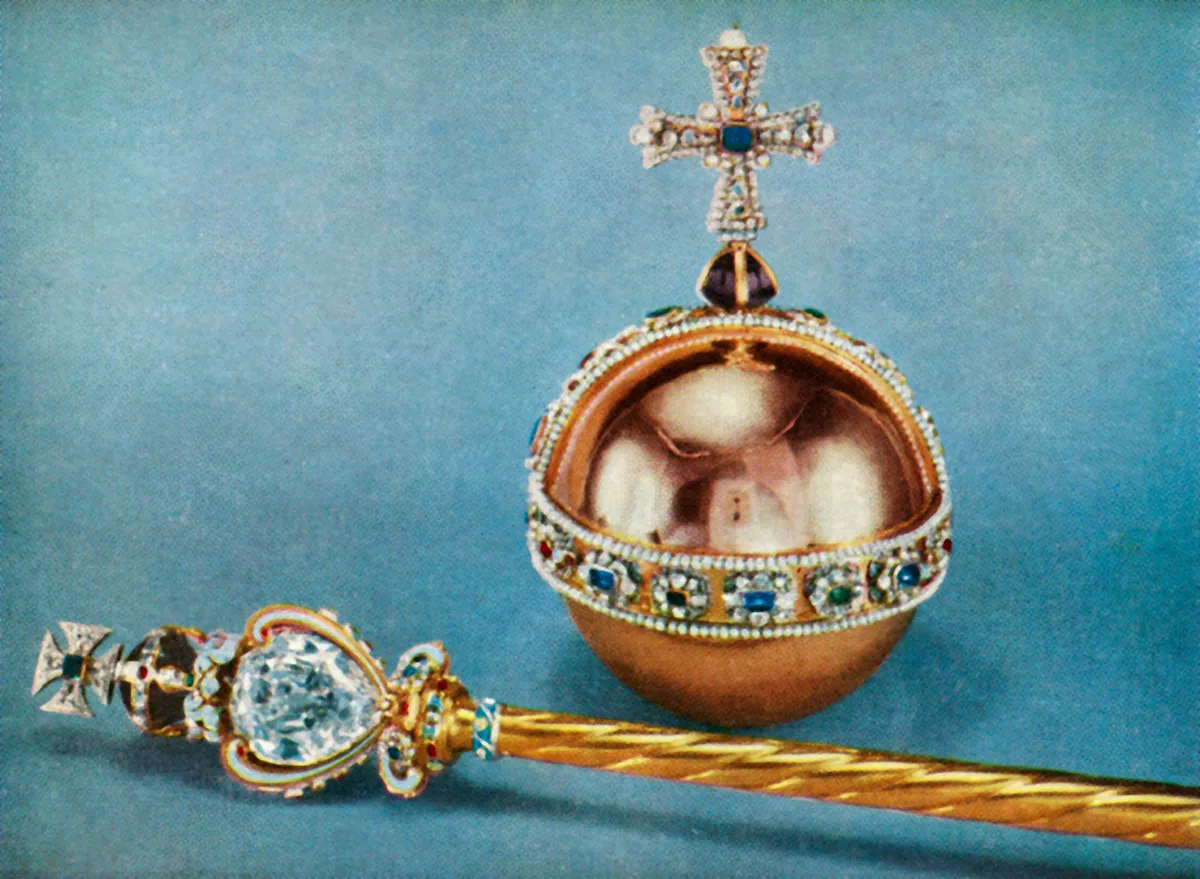It's a famous march written for the Coronation of Queen Elizabeth II in 1953. And we may well hear it again at King Charles's Coronation. Here's all you need to know about the grand, rousing Orb and Sceptre.
What is Orb and Sceptre?
Orb and Sceptre is a march for orchestra written by the 2oth-century English composer William Walton. It was written for the Coronation of Queen Elizabeth II in Westminster Abbey, London, on 2 June 1953. It's one of the best coronation marches and anthems from down the centuries.
It was one of three Walton compositions played at Elizabeth's Coronation. Crown Imperial, first composed for the Coronation of the Queen's father, George VI, in 1937, also featured, as did Walton's Te Deum.
Like other concert marches by Walton (for example, Crown Imperial) and his predecessor Edward Elgar, Orb and Sceptre consists of a relatively fast opening section. This is followed by a slower melody in the middle (trio) section. Finally, we return to the livelier opening theme as the piece draws to a close.
Who composed Orb and Sceptre?
Orb and Sceptre was composed by William Walton, a 20th-century composer who wrote a number of works for royal and ceremonial occasions. However, Walton proved himself a very skilled composer of non-programmatic music too.
Why is it called Orb and Sceptre?
The name Orb and Sceptre was adapted from a speech in Shakespeare's play Henry V (the same speech that also provided Walton with the title for Crown Imperial):
I am a king that find thee, and I know 'Tis not the balm, the sceptre and the ball, The sword, the mace, the crown imperial, The intertissued robe of gold and pearl, The farced title running 'fore the king, The throne he sits on, nor the tide of pomp That beats upon the high shore of this world, No, not all these, thrice-gorgeous ceremony, Not all these, laid in bed majestical, Can sleep so soundly as the wretched slave.
Walton decided he didn't like Ball and Sceptre, though, and adapted it to Orb and Sceptre. The name refers to the Sovereign's Orb and Sceptre that form part of the Crown Jewels of the United Kingdom.

What else did William Walton compose?
Walton's Viola Concerto is one of the very finest for that instrument in the repertoire. His Cello Concerto is, similarly, a much-admired 20th-century string concerto, while Walton's Violin Concerto was taken up by the supremely gifted violinist Jascha Heifetz, among others.
Walton's Symphony No. 1 is also a major landmark in 20th-century orchestral writing. Written at around the same time as Vaughan Williams's Symphony No. 4, the Walton work has a similar sense of tension and drama. There's a landmark recording of it made by André Previn and the London Symphony Orchestra in 1967.
Last but not least, Walton's Belshazzar's Feast is a cantata for baritone, orchestra and chorus. Using text from the Bible, the work is dedicated to Walton's friend and benefactor Lord Berners and remains one of the composer's best loved creations.
Explore more great British composers:


